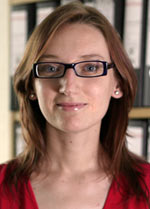
Phil Gale
After 3 years, Professor Dirk Guldi has retired from his position as Chair of the Chem Soc Rev Editorial Board. We would like to sincerely thank Dirk for his dedication and hard work, and we wish him the very best for his new role as Associate Editor for Nanoscale – we are pleased he will be staying within the ‘RSC family’!
We are delighted to announce that Professor Philip A. Gale has been appointed as the new Editorial Board Chair. Phil has been on the Chem Soc Rev Editorial Board since 2005, acting as both a Commissioning Editor and most recently as Associate Editor for supramolecular chemistry.
Phil is the Head of Chemistry at the University of Southampton, UK and his research interests focus on the supramolecular chemistry of anionic species and in particular the molecular recognition, sensing and lipid bilayer transport of anionic species.
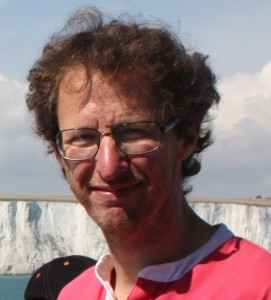
David Amabilino
We are also pleased to appoint Professor David Amabilino as a new Associate Editor. David has been on the Editorial Board for over 3 years and will now be handling submissions in the areas of supramolecular chemistry, macrocyclic chemistry, self-assembly, chirality and stereochemistry.
David is Research Professor and Vice-Director at the Materials Science Institute of Barcelona (ICMAB-CSIC), Spain. He directs a dedicated group of young researchers from different cultural and scientific backgrounds working on key problems in stereochemistry, self-assembly on and off surfaces, and molecular (nano)materials.
Chem Soc Rev now has three Associate Editors handling submissions to the journal:
- David Amabilino (ICMAB) – supramolecular chemistry, macrocycles, self-assembly, chirality and stereochemistry
- Douglas Stephan (University of Toronto) – Inorganic chemistry
- Zhong-Qun Tian (Xiamen University) – Physical chemistry
You can read more about Phil and David’s research in their recent articles:
Anion receptor chemistry
Marco Wenzel, Jennifer R. Hiscock and Philip A. Gale
Chem. Soc. Rev., 2012,41, 480-520
DOI: 10.1039/C1CS15257B, Critical Review
Small neutral molecular carriers for selective carboxylate transport
Cally J. E. Haynes, Stuart N. Berry, Joachim Garric, Julie Herniman, Jennifer R. Hiscock, Isabelle L. Kirby, Mark E. Light, Gregory Perkes and Philip A. Gale
Chem. Commun., 2013,49, 246-248
DOI: 10.1039/C2CC37468D, Communication
Chloride, carboxylate and carbonate transport by ortho-phenylenediamine-based bisureas
Philip A. Gale et. al.
Chem. Sci., 2013,4, 103-117
DOI: 10.1039/C2SC21112B, Edge Article
Twists and turns in the hierarchical self-assembly pathways of a non-amphiphilic chiral supramolecular material
Ion Danila, Flavia Pop, Carlos Escudero, Lise N. Feldborg, Josep Puigmartí-Luis, François Riobé, Narcis Avarvari and David B. Amabilino
Chem. Commun., 2012,48, 4552-4554
DOI: 10.1039/C2CC30789H, Communication
Self-assembly of supramolecular wires and cross-junctions and efficient electron tunnelling across them
Josep Puigmartí-Luis, Andrea Minoia, Shengbin Lei, Victor Geskin, Bing Li, Roberto Lazzaroni, Steven De Feyter and David B. Amabilino
Chem. Sci., 2011,2, 1945-1951
DOI: 10.1039/C1SC00330E, Edge Article

![]() Chemical Society Reviews contributor Sason Shaik, who recently published “A tutorial for understanding chemical reactivity through the valence bond approach”, features in our “175 Faces of Chemistry project”. He speaks about “these creatures called orbitals”, and the time when his project destroyed all of his spatulas.
Chemical Society Reviews contributor Sason Shaik, who recently published “A tutorial for understanding chemical reactivity through the valence bond approach”, features in our “175 Faces of Chemistry project”. He speaks about “these creatures called orbitals”, and the time when his project destroyed all of his spatulas.










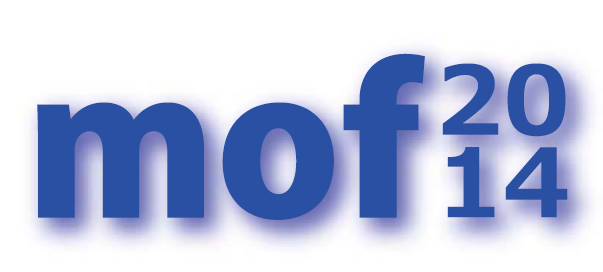




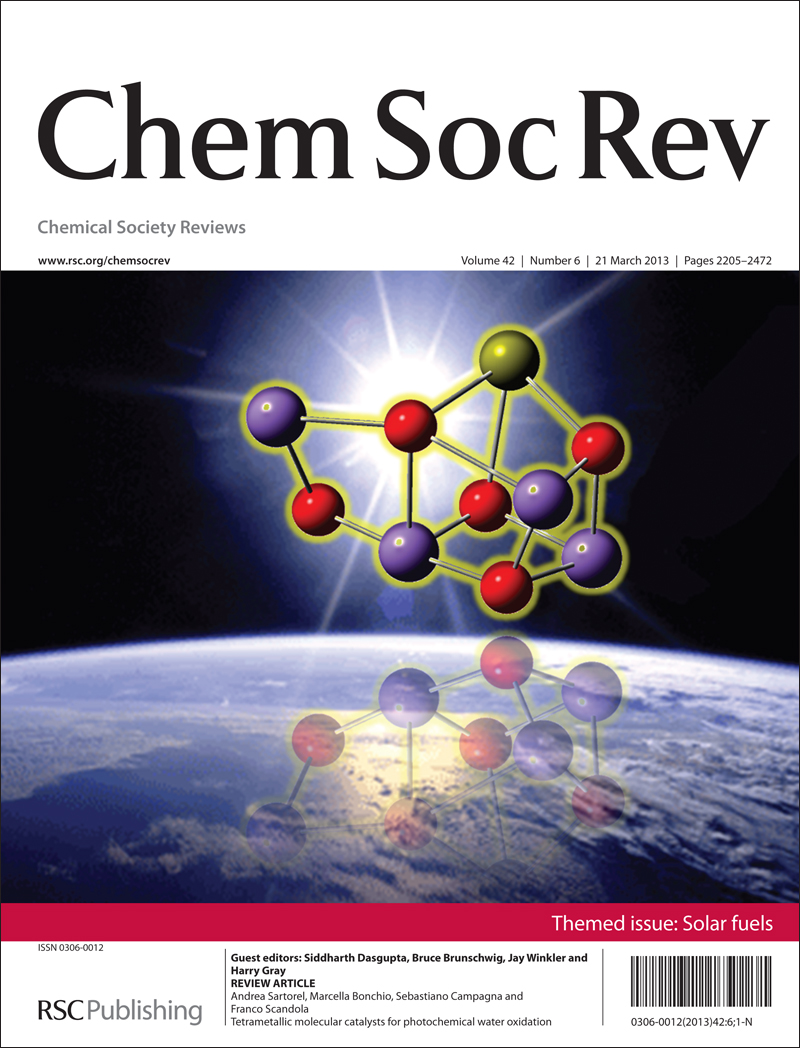 Solar fuels
Solar fuels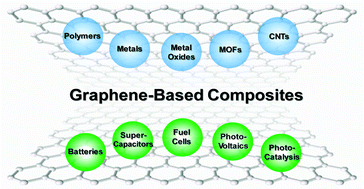 Graphene-based composites
Graphene-based composites
